Root characteristics
If you choose to plant in small pots, you need to know the root characteristics of Clematis: it is very lush, grows vertically, likes cooling, has meat roots and is afraid of ponding. Most of the soil in Huayou's house is garden soil, especially for novice growers. The principles and problems related to iron soil will not be stated for the time being. When you like a variety, it is necessary to have a basic grasp of its growth characteristics. Some varieties are not suitable for planting in pots (tanks), so don't choose small pots.
This is the picture after root trimming
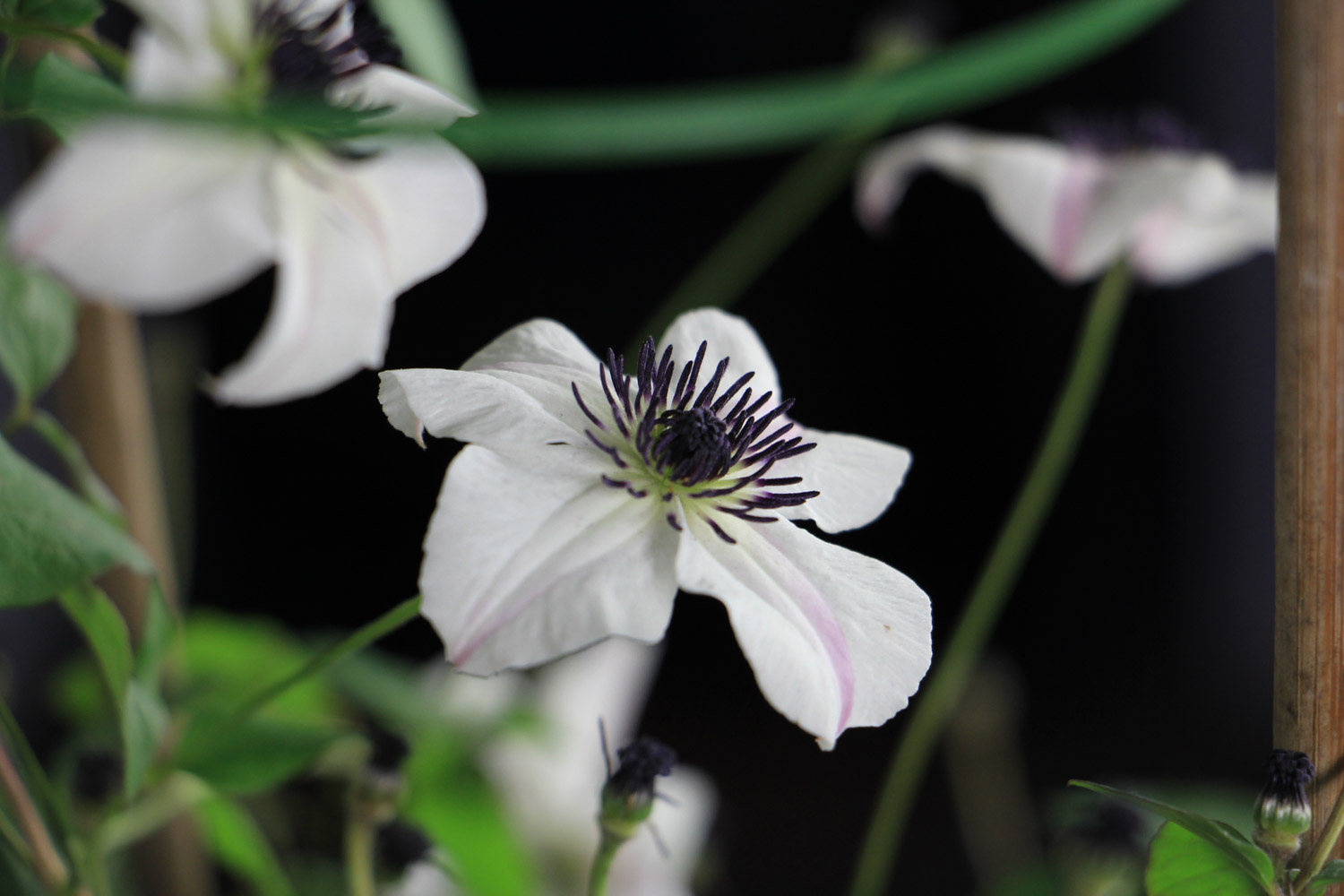

Small pot planting method
The following is a high-level chapter on planting Clematis. Novices in flower cultivation should be careful.
The advantage of the conventional method is that when the iron is laid in the bottom layer, it will not change the depth when the iron is laid in the air.
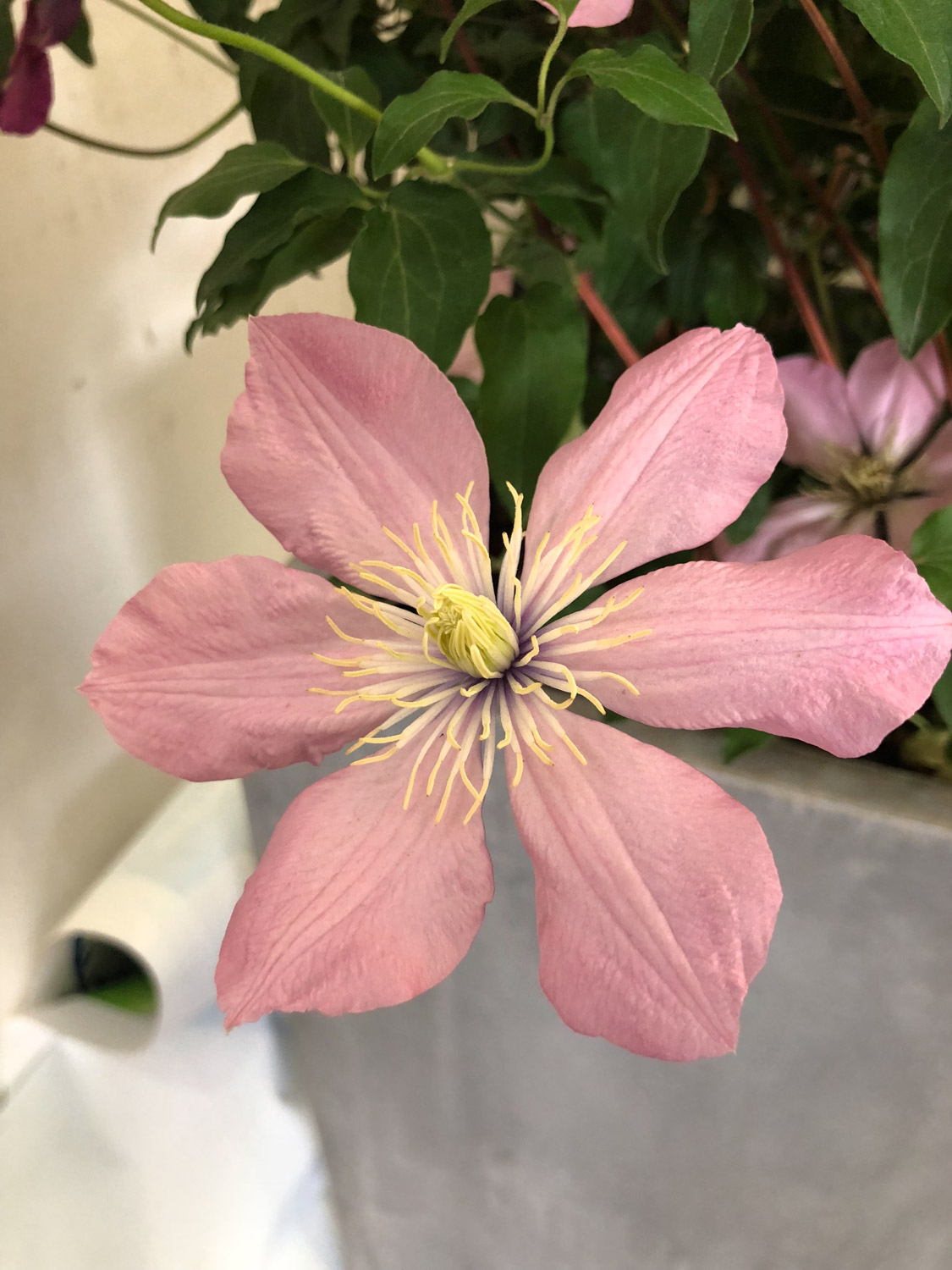
First of all, all the roots of the iron sit on the soil. Don't directly use "umbrella planting" (this method is a waste of the height of your basin), and then cover the iron with soil for the first time. It doesn't need too much fist height (the specific height should depend on the height of the basin). You can see that the lowest point of most roots is buried.
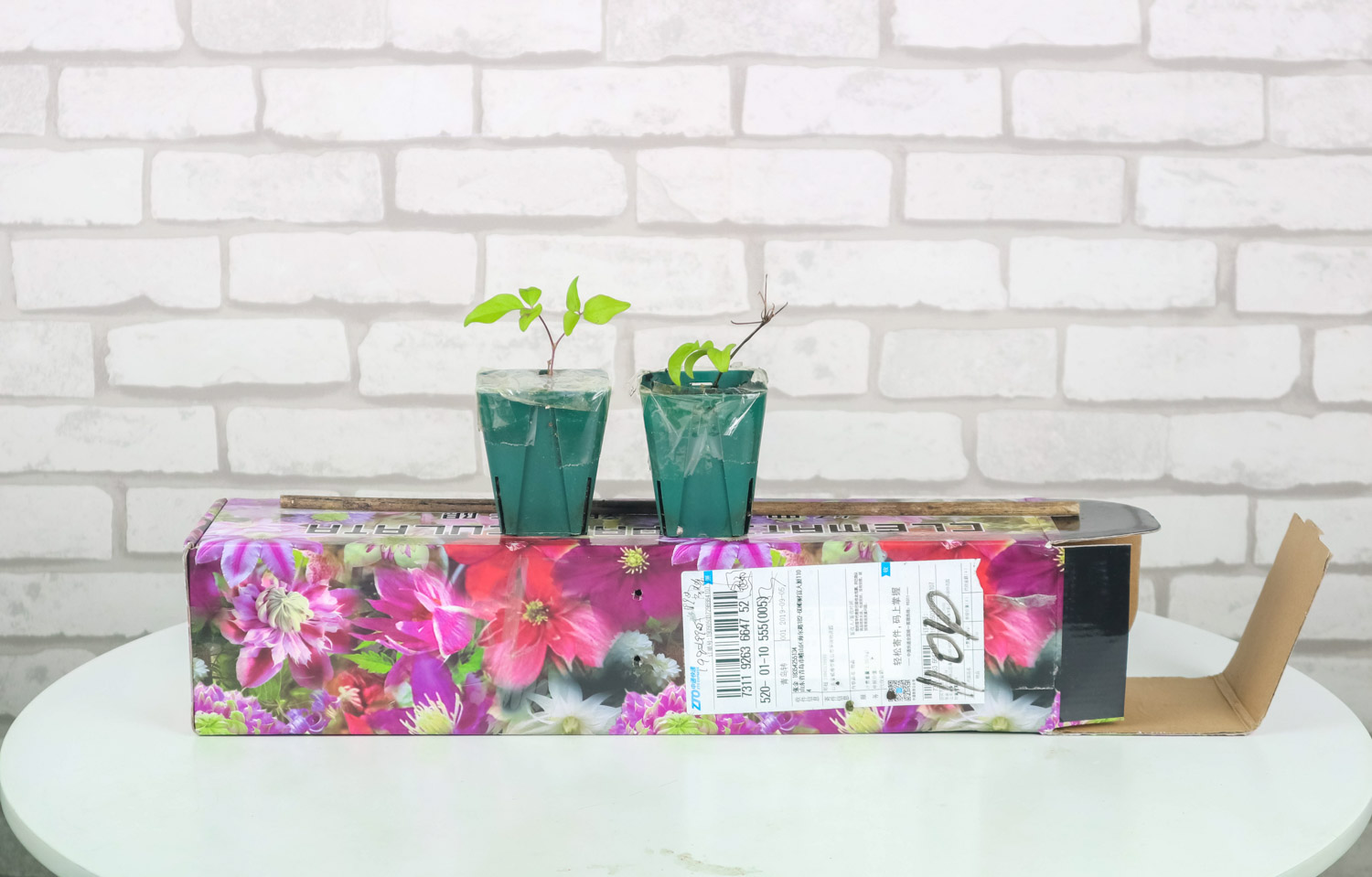
At this time, pull out the soil one by one from the roots near the root stem junction, leaving only a small part of it submerged in the soil, and then pat the basin conventionally, let the soil fill the gap between the roots and compact it with the palm of your hand.
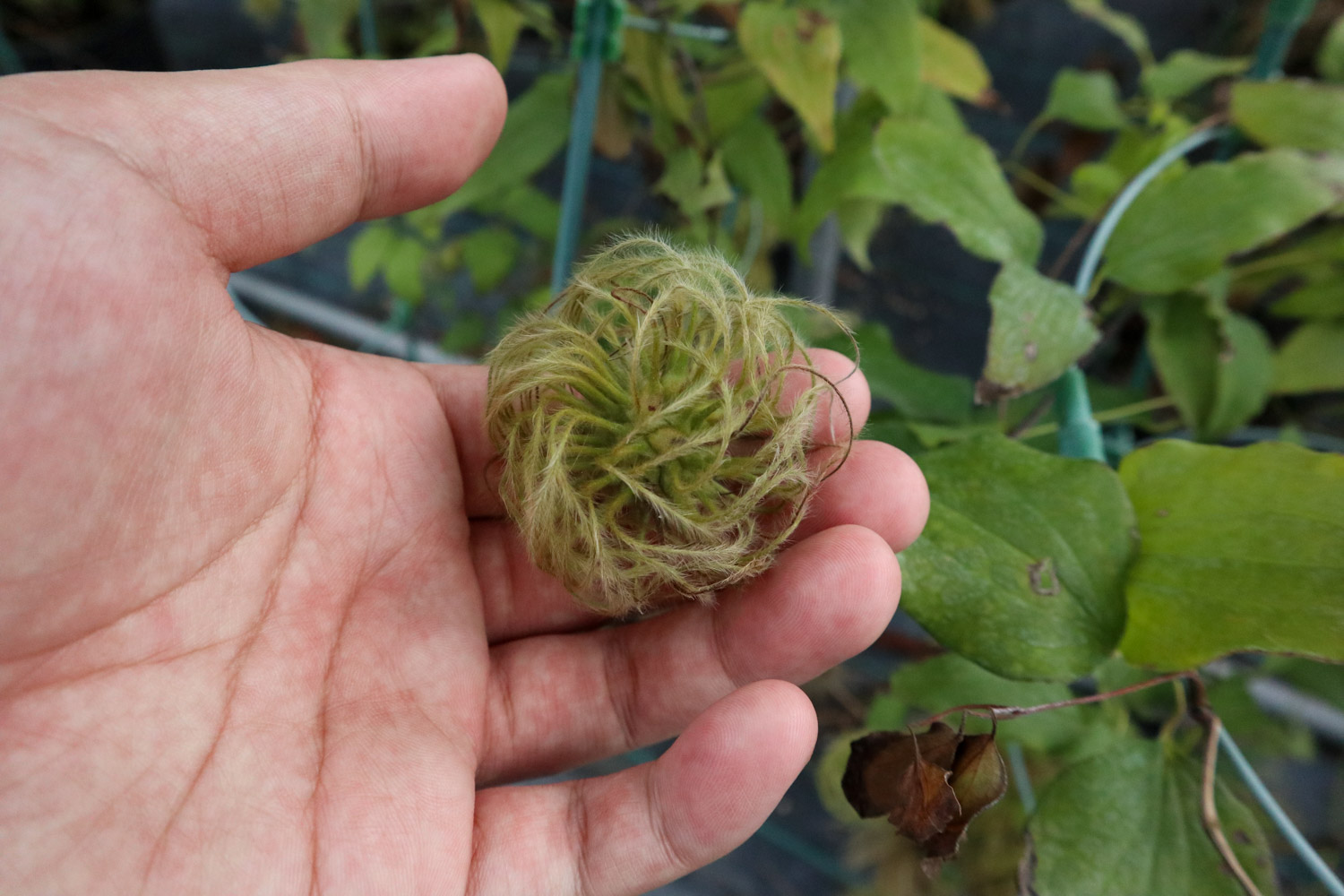
At this time, cover the root soil for the second time, not too much, but also the height of a fist. After compaction, cover the root slightly away from the root stem junction on the newly added soil and place it separately as far as possible. If the root is too long, rotate it clockwise (or counterclockwise).
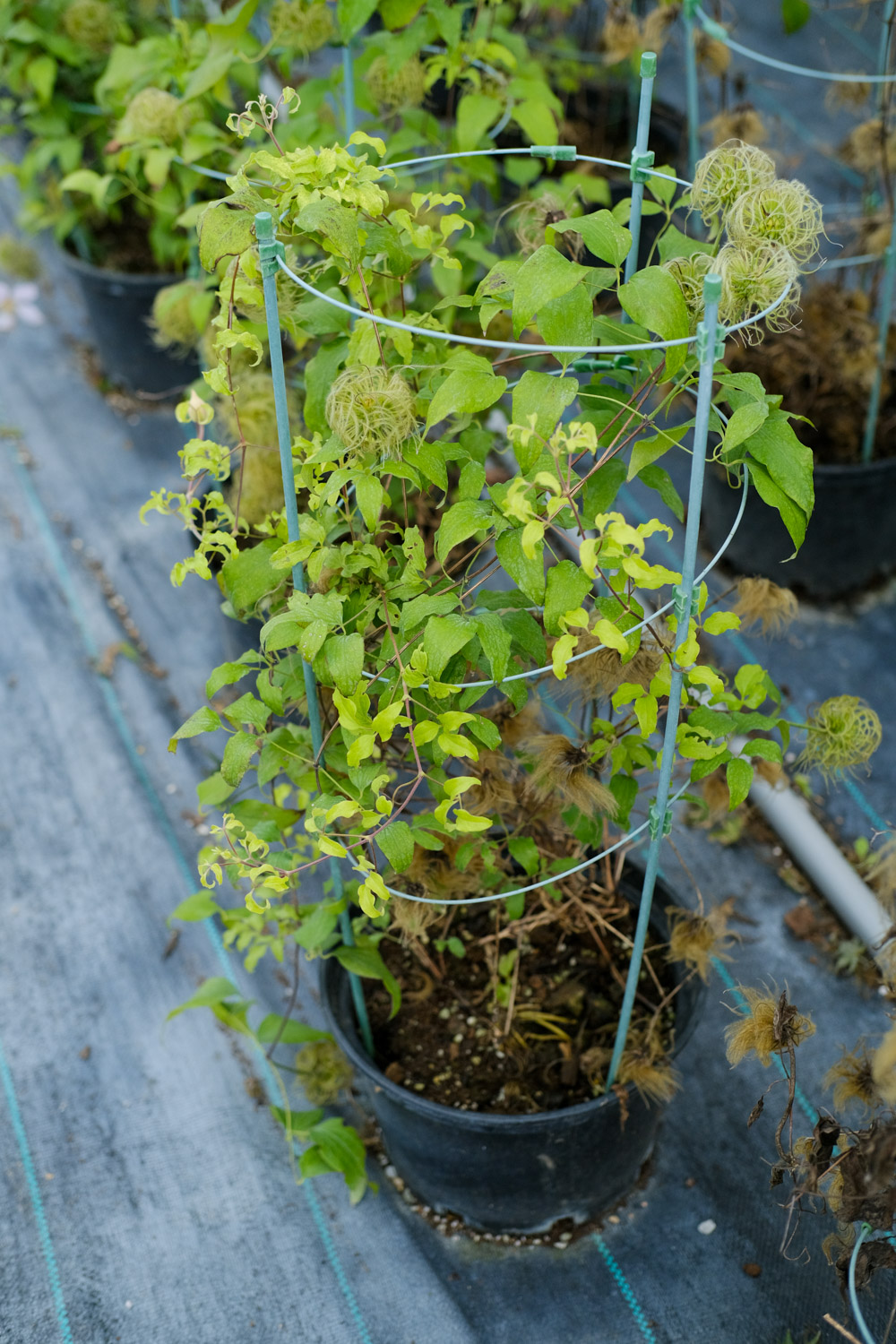
The second time the soil is compacted, and then the nearest handful of roots closest to the combination of roots and stems are hung on the shelf.

Lay the remaining roots on the soil surface covered for the second time, and if it is too long, rotate it in the same direction as before.
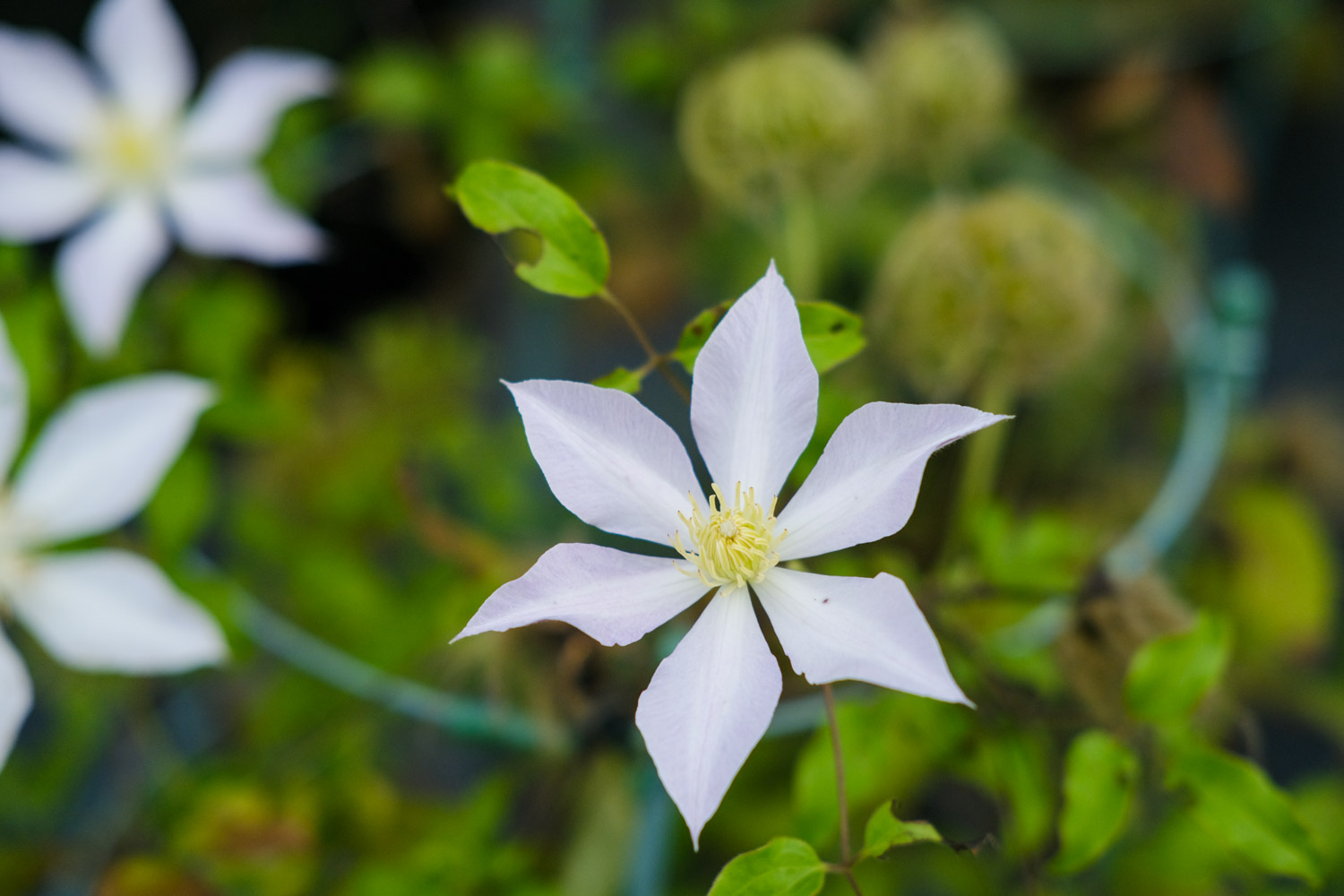
The last time to cover the soil, drench the water, complete!
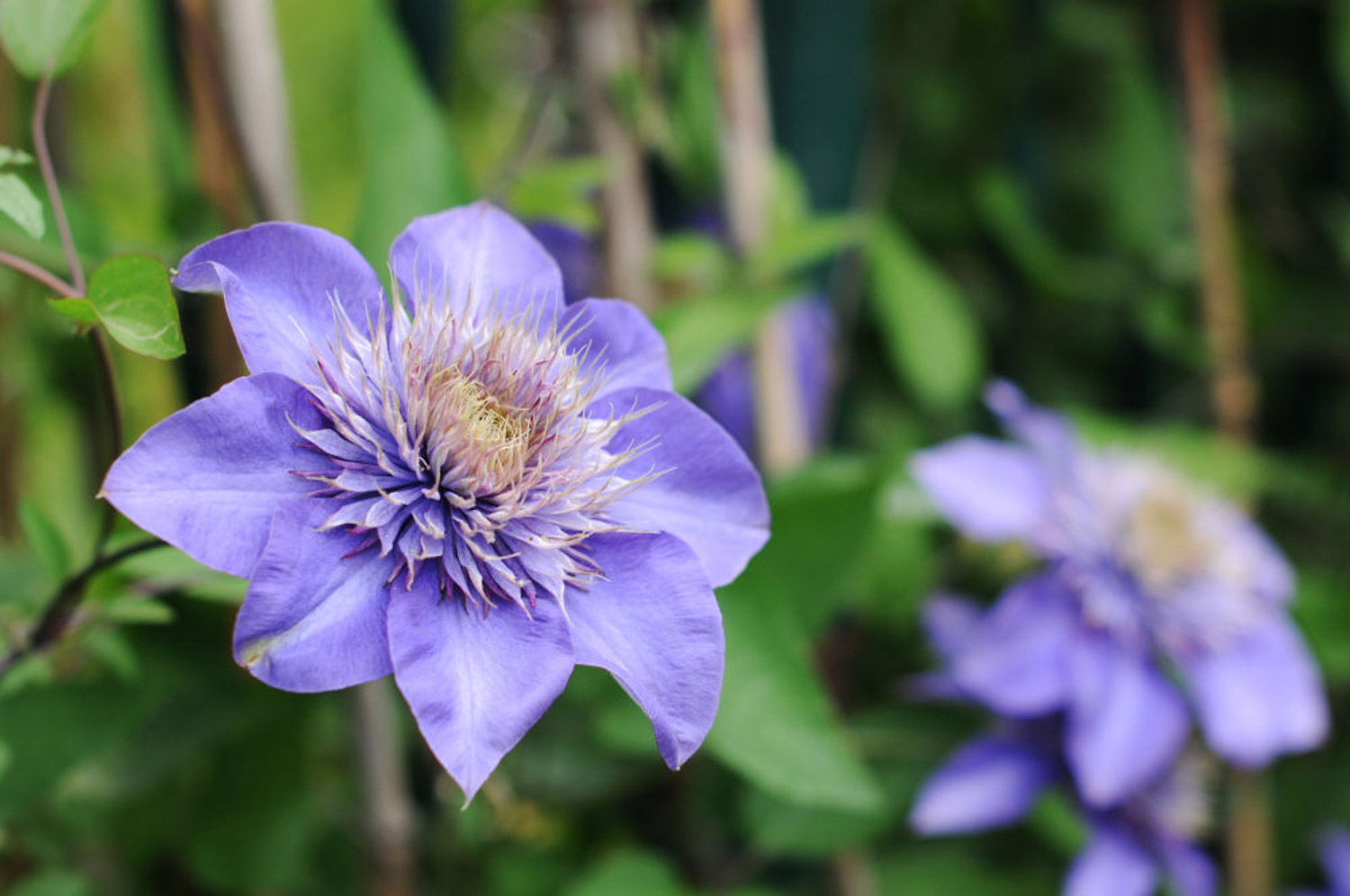
Well done, this kind of planting method greatly improves the growth space of roots, and will not squeeze all roots below at the beginning like umbrella planting method. Clematis will also grow strong!

 how many times do yo...
how many times do yo... how many planted tre...
how many planted tre... how many pine trees ...
how many pine trees ... how many pecan trees...
how many pecan trees... how many plants comp...
how many plants comp... how many plants can ...
how many plants can ... how many plants and ...
how many plants and ... how many pepper plan...
how many pepper plan...





























